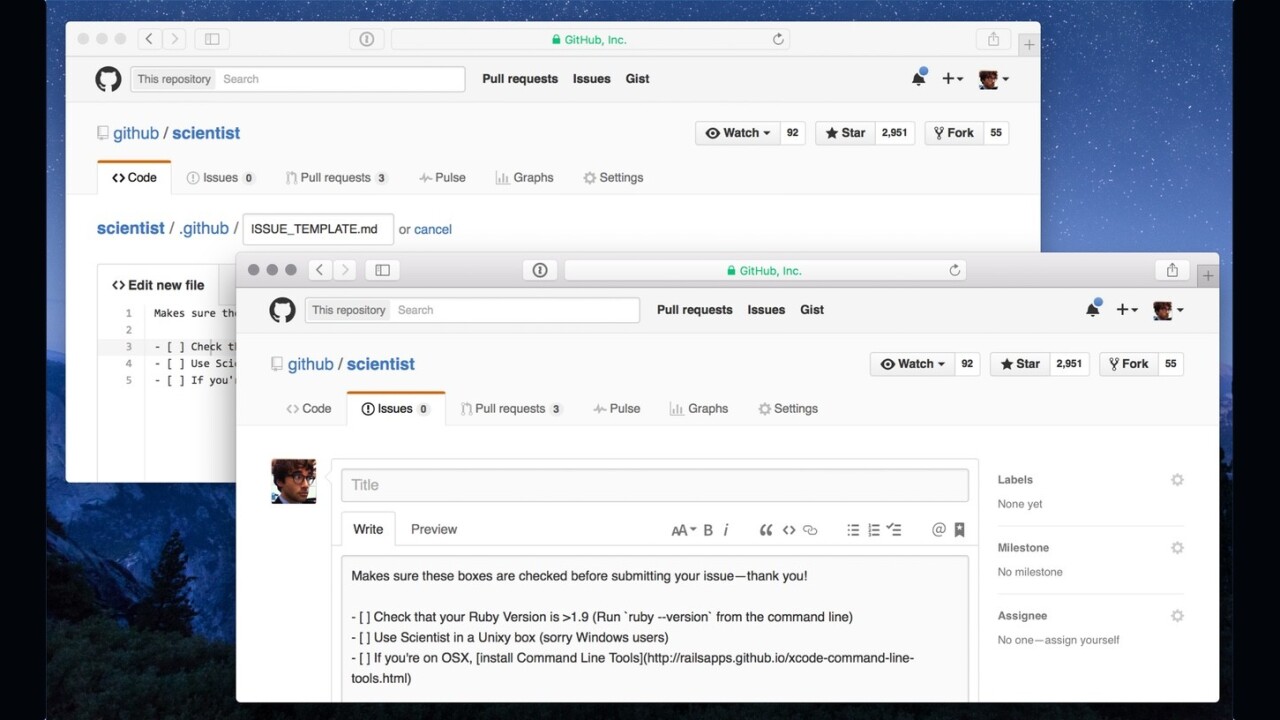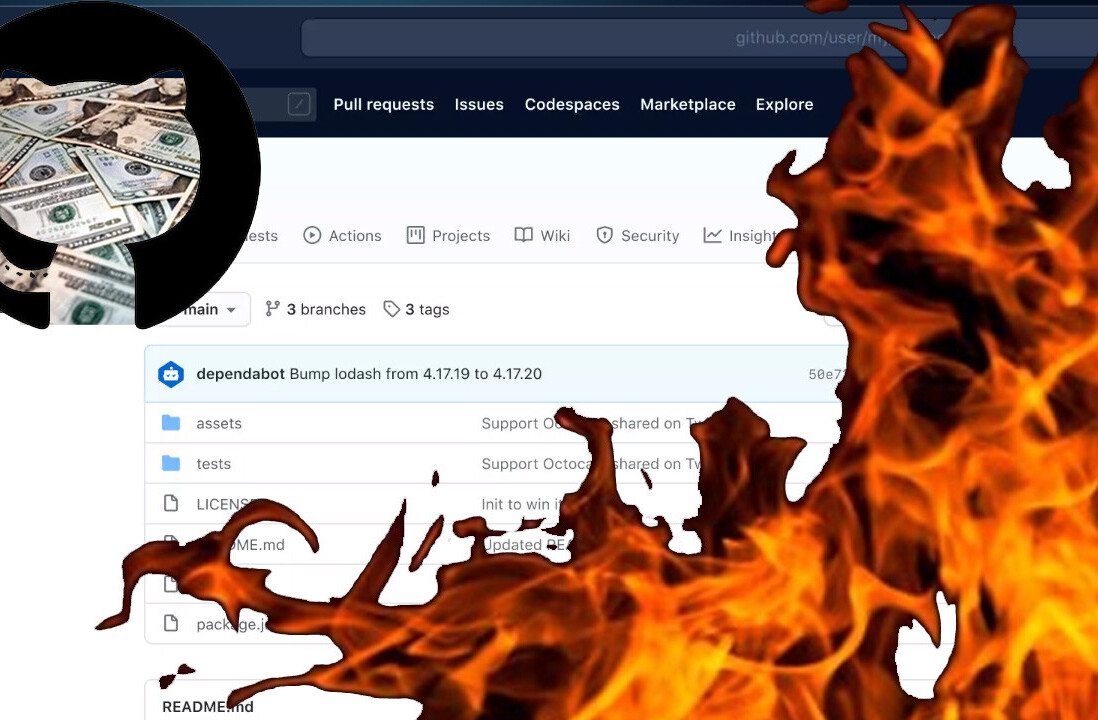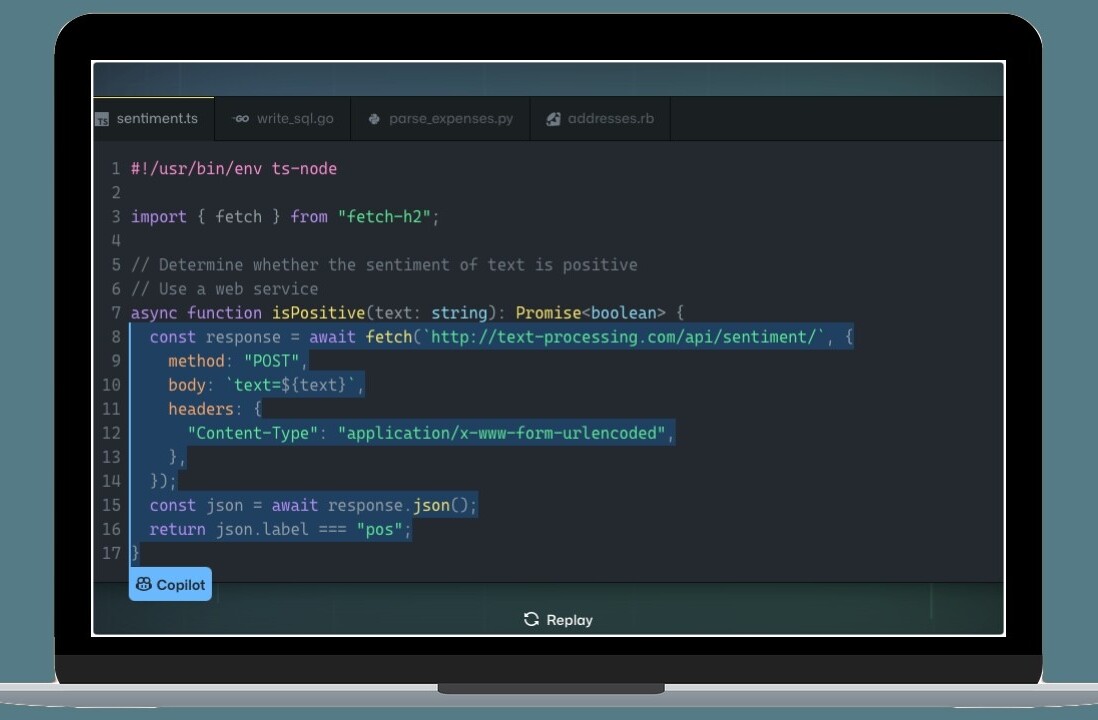
GitHub is great for pushing a big project forward, but not always great to get everyone on the same track. That’s why the company is introducing templates.
The goal is to help everyone move in the same direction, and encourage those contributing to projects to provide the right info.
Here’s the how-to on using templates from GitHub’s announcement:
To add an Issue template to a repository create a file called ISSUE_TEMPLATE in the root directory. A file extension is optional, but Markdown files (.md) are supported. Markdown support makes it easy to add things like headings, links, @-mentions, and task lists to your templates.
Pull Request templates follows the same pattern: add a file called PULL_REQUEST_TEMPLATE to the root directory of your repository.
If you’re worried about the added clutter in the root directory of your project, we also added support for a .github/ folder. You can put CONTRIBUTING.md, ISSUE_TEMPLATE.md, andPULL_REQUEST_TEMPLATE.md files in .github/ and everything will work as expected.
The feature is a direct response to user requests, and is something GitHub says will be the first of many improvements to Issues and Pull Requests.
GitHub’s head of open source, Brandon Keepers, says “we care deeply about making the experience on GitHub better for open source maintainers, and we’re focused on rolling out features that are important to this community.”
He went on to say we should expect more features to roll out soon “aimed at open source maintainers.”
➤ Issue and Pull Request templates [GitHub]
Get the TNW newsletter
Get the most important tech news in your inbox each week.





